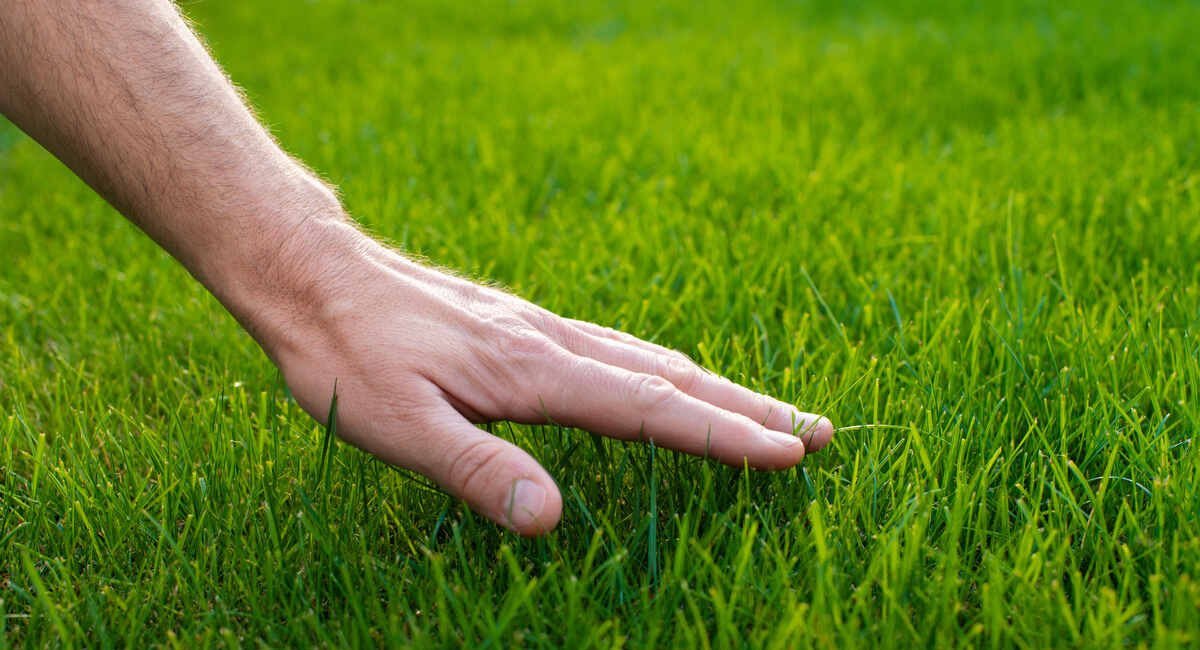Although laying a lawn from seed is much easier and more cost effective than using turf, the variety of different grass seeds and products available can be overwhelming. Several factors influence the suitability of each seed for the area, and a little information can go a long way towards making the decision-making process as smooth as possible.
For most people, the first method of judging the quality of grass seeds is their price. As with most things, the better seeds are slightly more expensive than their budget counterparts. Cheaper grass seeds will not yield a lawn as appealing as a higher-end variety, but that is not to say that seed should cost a small fortune. Working within the given budget, choose the best quality seed which can comfortably be purchased. It is also important to read the packaging of the seed variety, in particular looking for the percentage of inert matter present. A seed mixture with more than two percent inert matter will likely need much greater weed management or else will appear patchy and uneven.
To choose the best seeds, it is crucial to consider the planting location and the likely weather conditions. For the best growth, grass seeds need between four and six hours of direct sunlight to help them germinate quickly and come to their full size. If the lawn to be planted will not have this much sunlight exposure, choose a hardier variety which will be able to withstand the conditions without problem. The nature of the soil in the garden should also influence the decision making process. Areas with inadequate draining capabilities would be best served by the hardiest varieties of grass, but will generally require more water to grow properly. A steeply sloped lawn will have difficulties with germination of the grass seed, because the crucial water will likely run off the surface before the seeds have chance to utilise the nutrients. In these areas, a seed which is known for its extremely rapid germination should be planted.
The final consideration is the amount of time which is able to be spent on maintenance. Aside from requiring regular watering, different grasses also have different feeding and fertilisation requirements. Grass seeds which produce a fine bladed grass would prefer fertilising seasonally, four times per year, and will also need regular weeding. Lawns which need less attention are generally made of grass varieties which are a mixture of species spread using underground rhizomes.
